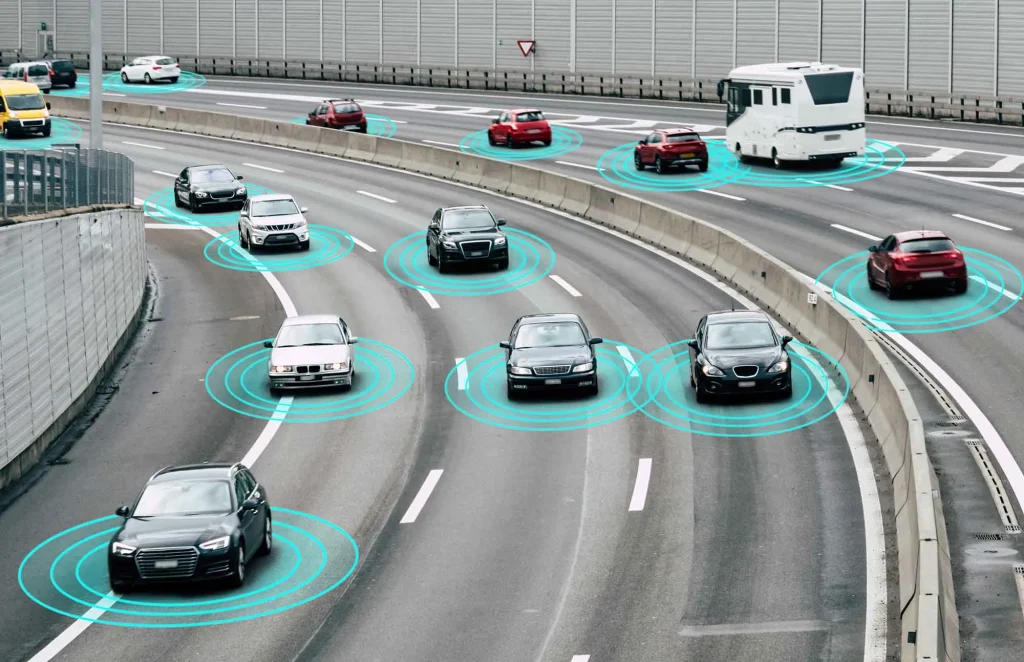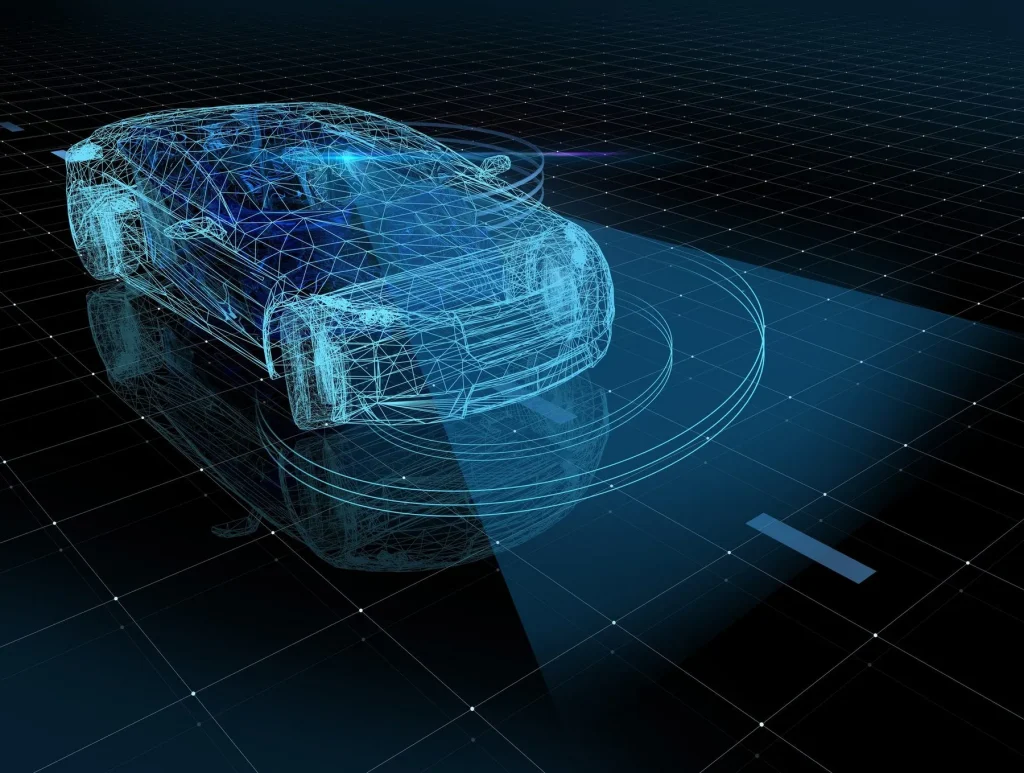A team of roboticists at the University of Tokyo has taken an innovative approach to autonomous driving. Instead of automating the entire vehicle, they have developed a robot capable of driving a car. This novel method was tested on a real-world track, and their findings were published on the arXiv preprint server.

The Traditional Route to Autonomous Cars
Most efforts to create self-driving cars focus on making the car itself autonomous, where humans are merely passengers. This method involves equipping vehicles with numerous sensors and advanced processing power. Despite significant investments and research, the results have been inconsistent and often fall short of expectations.
Rethinking Autonomous Driving
The University of Tokyo research team proposed an alternative solution: rather than overhauling the entire car, why not build a robot that can be taught to drive? This concept led to the creation of a robot named Musashi, designed to operate similarly to a human driver. The team hypothesised that this approach could be more efficient and cost-effective.
Building Musashi: The Driving Robot

Musashi is a “musculoskeletal humanoid” robot equipped with two arms, two legs, hands, feet, a torso, neck, and head. Its movable eyes are each fitted with high-resolution cameras, while its jointed arms have five-digit hands, and its feet are designed for precise control of the car’s pedals. Musashi also has an onboard computer with specialised software for training and driving.
Testing on the Track
The research team tested Musashi on a track at the University of Tokyo’s Kashiwa Campus. The robot was placed in a small electric car and evaluated for its driving capabilities. Musashi demonstrated the ability to recognize and respond to objects in its path, including humans, which is crucial for safe driving.
Encouraging Results and Future Plans
Initial tests showed promising results, though the team acknowledges that Musashi is far from ready for public roadways. They plan to continue refining their robot, with the goal of achieving driving performance that is as good as, if not better than, that of a human driver.

The University of Tokyo’s approach to autonomous driving, using a robot driver instead of a fully autonomous car, offers a fresh perspective on the future of self-driving technology. While there is still much work to be done, the concept of a robot driver could revolutionise the way we think about and develop autonomous vehicles.
